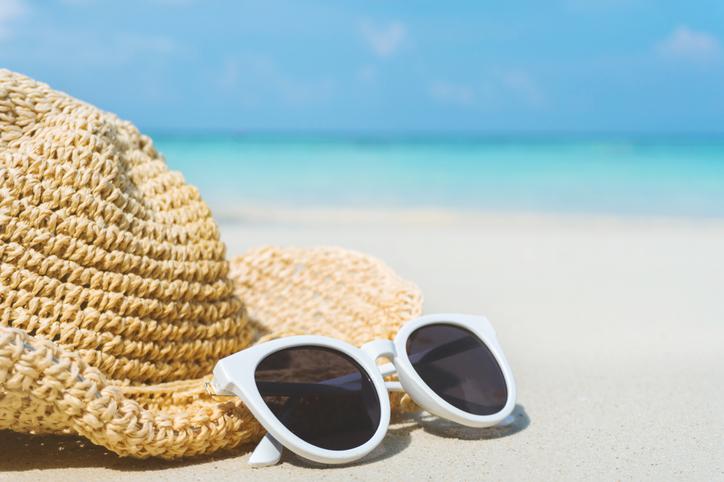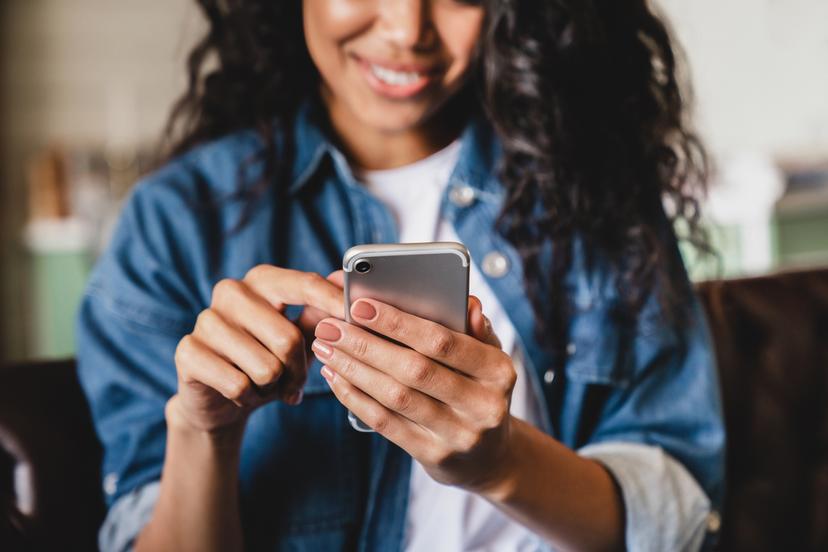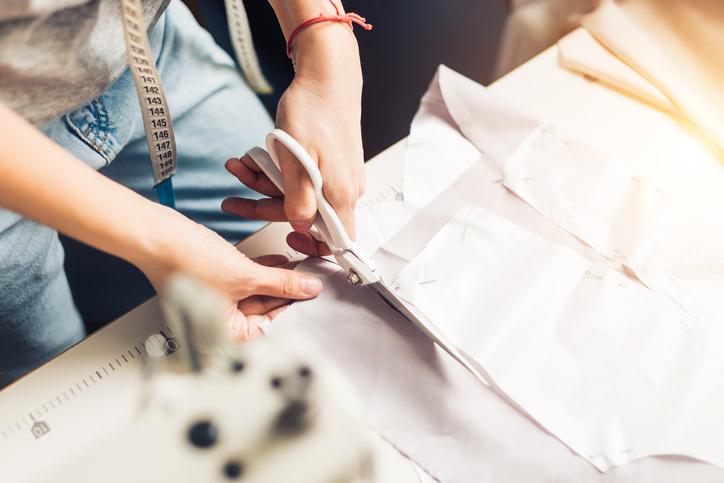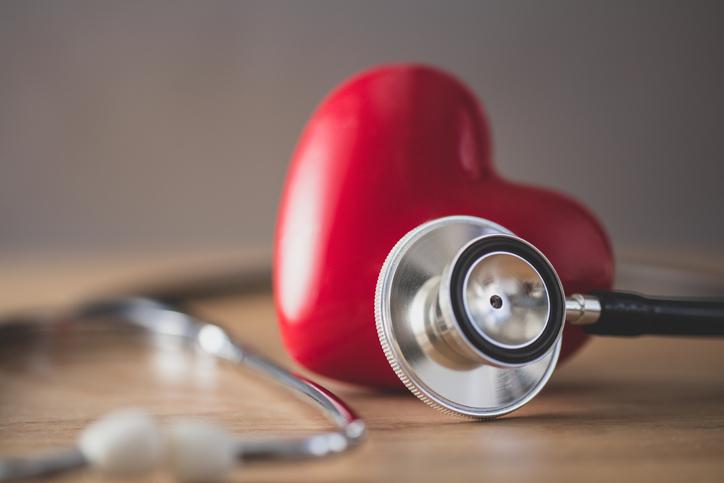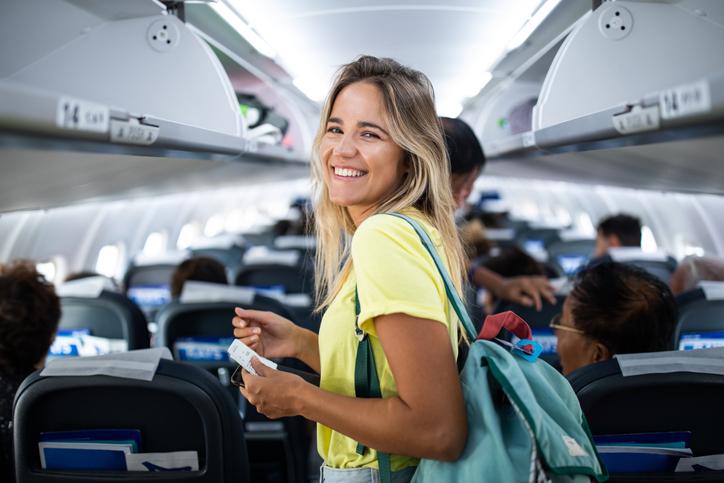4 июля 2025
What to Do if Your Ears Get Blocked on a Plane


4 июля 2025
What to Do if Your Ears Get Blocked on a Plane
## Why ears get blocked
Normally, the air pressure inside your middle ear and the pressure outside are nearly equal. This balance is maintained by the Eustachian tube, which connects the middle ear to the back of the nose and throat. During takeoff or landing, the air pressure changes rapidly, and the Eustachian tube may not respond quickly enough. As a result, the eardrum can't vibrate properly, and you feel pressure or fullness in your ears.
The same thing can happen in elevators in tall buildings or while driving through mountainous areas.
Ear blockage may also occur if you board a flight with existing ENT issues such as otitis, sinusitis, or Eustachian tube dysfunction. In these cases, flying can cause significant or prolonged ear pain.
> Do not sleep during takeoff or landing. While sleeping, people swallow less frequently, which interferes with pressure equalization and can worsen ear discomfort.
## How to prepare for your flight
- Drink plenty of water before and during your flight. Staying well-hydrated helps prevent ear and nasal issues.
- Buy special filtered earplugs for flying, which reduce pressure on your eardrums.
- Consult your ENT doctor about nasal sprays or drops that constrict blood vessels and reduce mucus. These make it easier for air to pass through the Eustachian tube. Use nasal spray about one hour before takeoff or landing, only as needed.
- Choose seats toward the front of the plane, near the cockpit—pressure changes are less intense in this area.
## How to unblock your ears on a flight
- Try simple movements:=== swallow, yawn, inhale with your nose pinched, move your tongue forward and back, shift your jaw side to side, or breathe in through one nostril and out through the other. These techniques can help open the Eustachian tube and balance the pressure.
- Chew gum or suck on sour candy: this helps produce saliva and encourages frequent swallowing.
- Drink plenty of water, ideally in small, frequent sips: this keeps your mucous membranes hydrated.
- Utilize the Valsalva maneuver: take a deep breath, close your mouth, pinch your nose shut, and try to exhale gently through your nose. Avoid this if you have a cold or allergies, as it can trigger an ear infection.
- Use the Toynbee maneuver: close your mouth, pinch your nose shut, and swallow several times until the pressure equalizes.
> Avoid using vacuum-sealed earbuds, as they can prevent natural airflow in the ear canal.
## What to do if a child’s ears get blocked
- Children are more likely to feel ear pain during flights because their Eustachian tubes are narrower and less developed.
- For infants and toddlers, offer a bottle, pacifier, or breastfeed during takeoff and landing to encourage swallowing.
- Older children can suck on candy or drink through a straw.
- Before flying, talk to your pediatrician about using ear drops or pain relief medications if needed during the flight.
> In most cases, ear pressure or pain resolves on its own shortly after landing. However, if the pain persists or your hearing doesn’t return to normal within 1–2 days, make an appointment with an ENT specialist to assess the issue.

